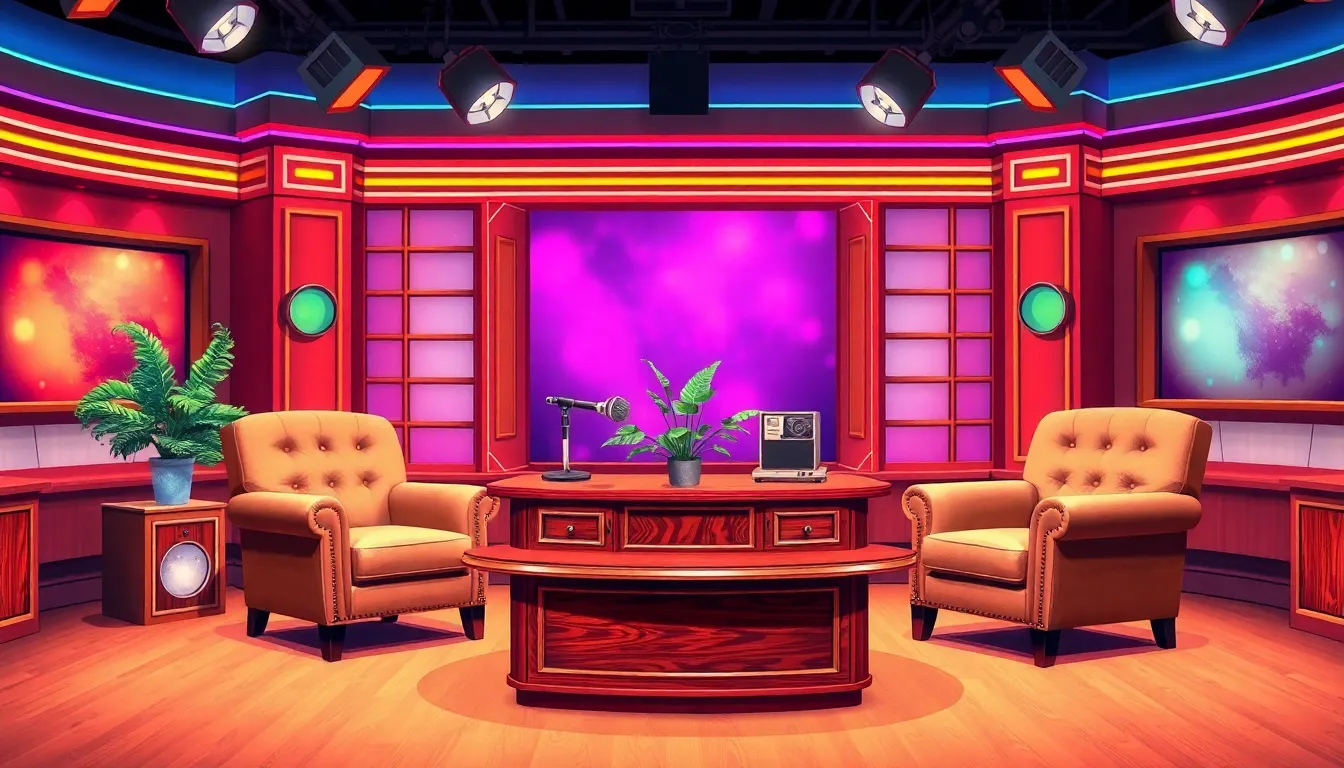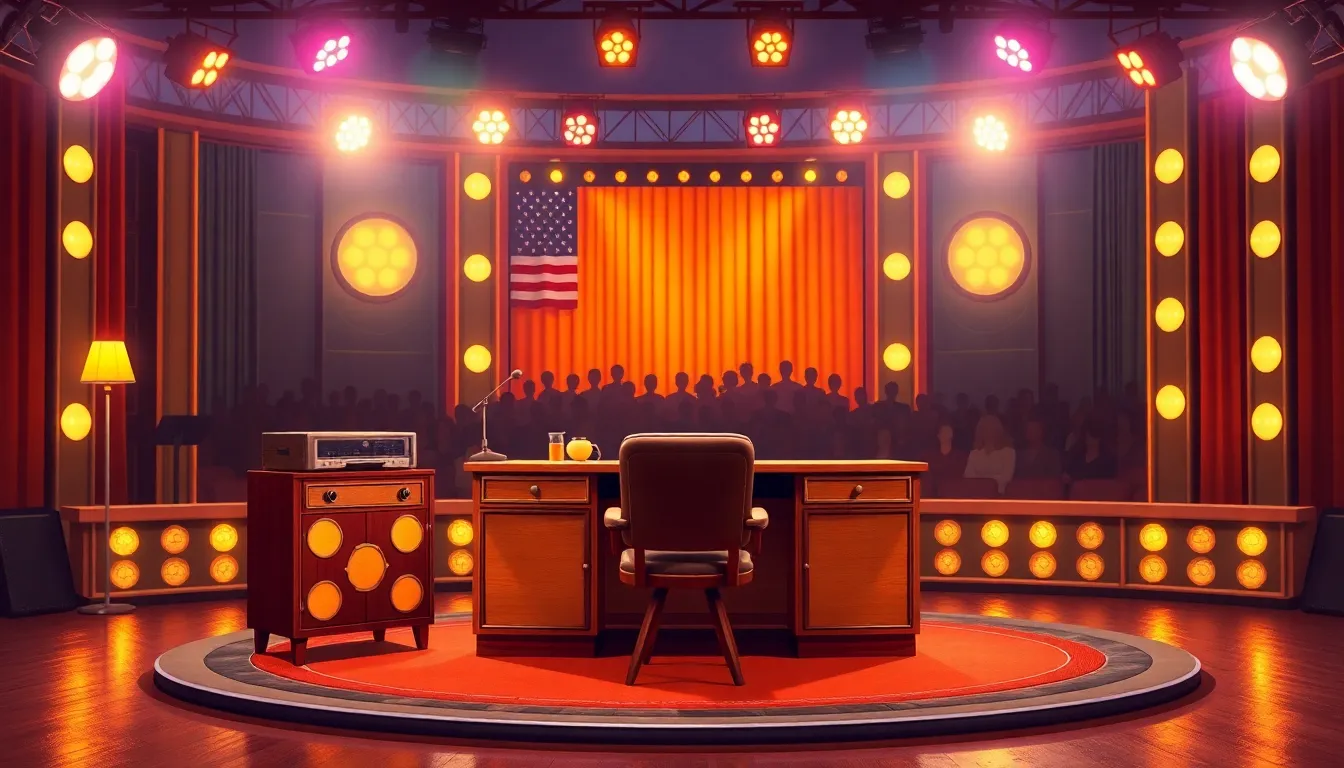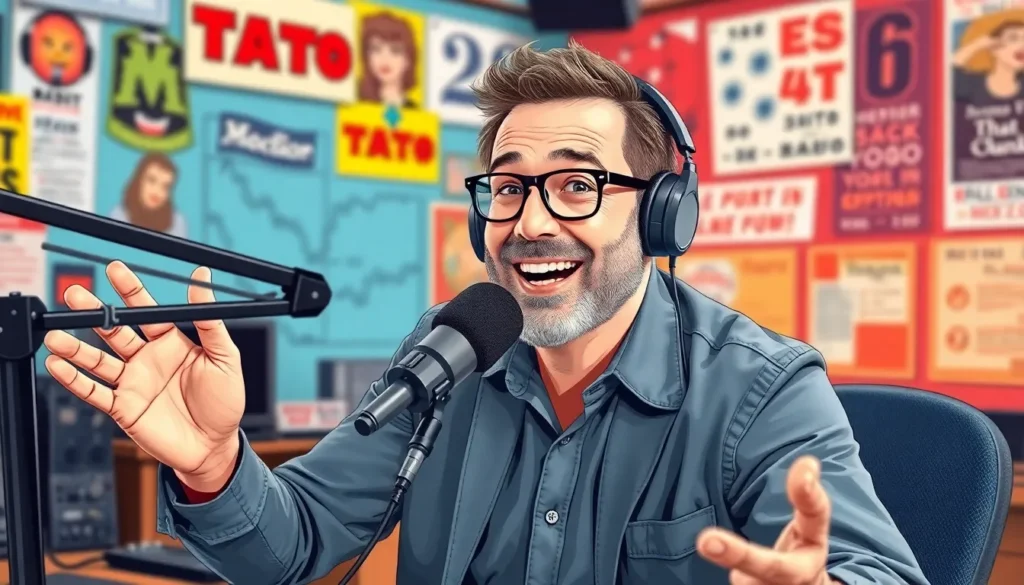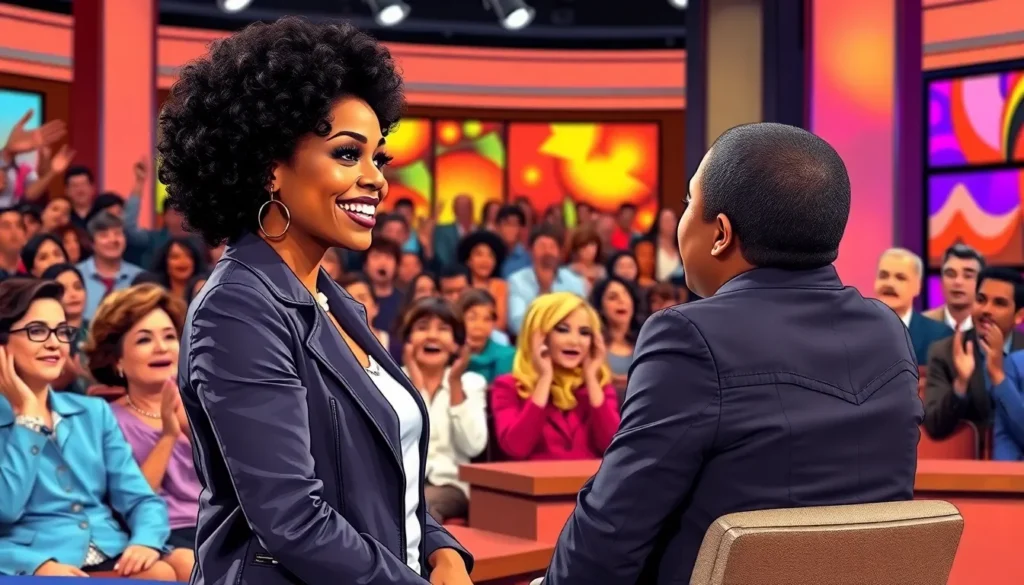Picture this: a time when television was a boxy contraption, and the biggest stars graced living rooms with their charm and wit. Old talk shows were the heartbeat of entertainment, where laughter flowed as freely as the coffee. From the legendary Johnny Carson to the sassy Joan Rivers, these shows didn’t just interview guests—they created unforgettable moments that still make us chuckle today.
In a world dominated by streaming and social media, old talk shows remind us of a simpler time when humor was king and spontaneity ruled the stage. They brought together celebrities, everyday folks, and the occasional wild animal, creating a delightful cocktail of chaos and charisma. So grab your popcorn and settle in as we take a nostalgic trip down memory lane, exploring the charm and hilarity of the talk shows that shaped the entertainment landscape.
Old Talk Shows
Old talk shows laid the groundwork for modern entertainment. Their influence persists today, shaping the way hosts engage with audiences.
Origins And Influences
Television’s first talk shows emerged in the 1940s. Pioneers like “The Ed Sullivan Show” introduced a blend of interviews, music, and comedy. Cultural shifts, such as the post-war boom, increased demand for lighthearted content. Variety shows also played a significant role, bringing diverse acts and personalities to households. As television technology advanced, shows began to incorporate audience interaction, making conversations more relatable and spontaneous.
Key Figures In Old Talk Shows
Johnny Carson epitomized the golden age of talk shows. He hosted “The Tonight Show” for three decades, blending humor with charisma. Joan Rivers broke barriers as one of the first female hosts, paving the way for future women in the industry. Other notable figures included David Letterman and Merv Griffin, who brought unique styles to the format. Their contributions not only entertained millions but also set professional standards that shaped future talk shows.
Iconic Old Talk Shows


Old talk shows left a lasting impact on television, showcasing unique styles and memorable moments. Several shows stand out in this rich history and continue to influence modern programming.
The Tonight Show
“The Tonight Show,” launched in 1954, remains a cornerstone of late-night television. Johnny Carson’s charismatic host style defined the show’s format, blending comedy with engaging interviews. Numerous celebrities appeared, creating iconic moments beloved by audiences. The show set a high standard for humor and entertainment, leading to a legacy carried on by successors like Jimmy Fallon and Jay Leno. Popular sketches and recurring characters also made it a cultural phenomenon that resonated through generations.
The Dick Cavett Show
“The Dick Cavett Show,” airing from 1968 to 1975, offered a more cerebral approach to talk shows. Dick Cavett brought his wit and intellect, attracting a diverse range of guests, including celebrities, politicians, and literary figures. Conversations often delved deep into various topics, challenging traditional formats and engaging viewers. This show captured significant cultural moments, such as interviews with Timothy Leary and John Lennon. Its unique blend of humor and serious discussion paved the way for future talk shows seeking thought-provoking content.
The Mike Douglas Show
“The Mike Douglas Show” ran from 1961 to 1982, providing a relaxed atmosphere for interviews and performances. Mike Douglas’s affable nature endeared him to audiences, fostering a sense of intimacy. Celebrities, musicians, and everyday people shared the stage, showcasing talent and diverse stories. The show gained recognition for its musical segments and featured collaborative performances that delighted viewers. This blend of entertainment and personal storytelling established a format still seen in many talk shows today.
Cultural Impact Of Old Talk Shows
Old talk shows significantly influenced popular culture, politics, and social dialogues. They shaped public perception and popularized various social issues.
Shaping Public Opinion
Influential hosts used their platforms to address critical topics. Johnny Carson’s playful yet impactful approach brought humor to serious discussions. Joan Rivers challenged societal norms, paving the way for candid conversations about gender and equality. The formats often invited politicians and activists, engaging audiences with direct dialogue. These interactions helped shape opinions on civil rights, environmental concerns, and health issues. Guests shared personal stories that connected with viewers, fostering empathy and understanding. Consequently, talk shows became a crucial space for discussing contemporary societal challenges.
Entertaining And Educating Audiences
Actors and musicians frequently used talk shows to showcase their latest projects. Old formats blended entertainment with education, making complex topics accessible. Informative segments featured experts discussing issues like health, technology, and culture. Audience members enjoyed humor while gaining knowledge, making learning enjoyable. Visits from celebrities often highlighted trends, influencing public awareness and consumer behavior. The unique combination of entertainment and education inspired viewers to think critically about societal topics. Over time, this approach established a blueprint for engaging audiences in diverse subjects.
Nostalgia For Old Talk Shows
Nostalgia for old talk shows evokes fond memories of simpler times filled with laughter and connection. These shows created a unique blend of humor, celebrity interviews, and spontaneous moments, leaving a lasting impression on audiences.
Revival In Modern Media
Revival of old talk shows occurs frequently, reflecting a desire for authentic content amid today’s fast-paced media landscape. Shows like “The Tonight Show” and “The Late Show” often pay homage to their predecessors, integrating classic elements while appealing to contemporary audiences. Some networks even air reruns of iconic episodes, allowing new generations to experience the charm of past hosts and their guests. Streaming services also recognize this trend, enhancing access to landmark shows that shaped TV history. This nostalgia fuels renewed interest and appreciation for the artistry behind classic talk shows.
Influence On Current Talk Shows
Influence on current talk shows is evident in various formats and styles today. Modern hosts utilize techniques perfected by legends like Johnny Carson, blending humor with engaging interviews. Successful talk shows often incorporate the dual focus of entertainment and social commentary, a hallmark of past shows. Shows now feature celebrity interviews alongside discussions on pressing social issues, mirroring the impact of foundational programs from the golden age. The balance strikes a chord with viewers who appreciate meaningful dialogue wrapped in humor. Moreover, hosting styles and guest interactions reflect this rich legacy, ensuring that the essence of old talk shows resonates in contemporary formats.
Conclusion
Old talk shows hold a cherished place in the hearts of many. They created an environment where laughter and meaningful dialogue flourished. The iconic hosts and their unique styles not only entertained but also shaped cultural conversations.
As nostalgia for these shows continues to grow, modern talk shows draw inspiration from their predecessors. The blend of humor and engaging discussions remains a vital part of the viewing experience.
The legacy of old talk shows endures, reminding audiences of a time when entertainment sparked connection and reflection. Their influence is felt in today’s formats, ensuring that the spirit of those golden years lives on.



